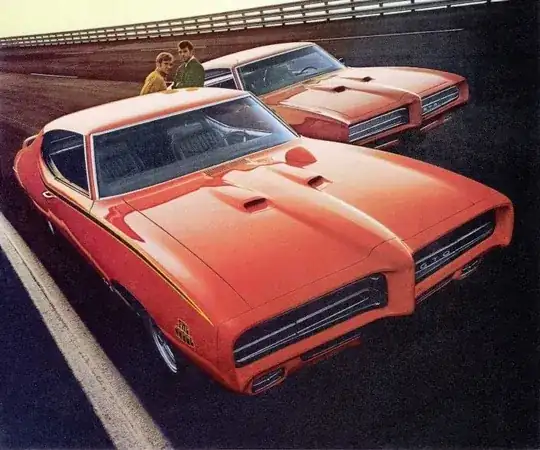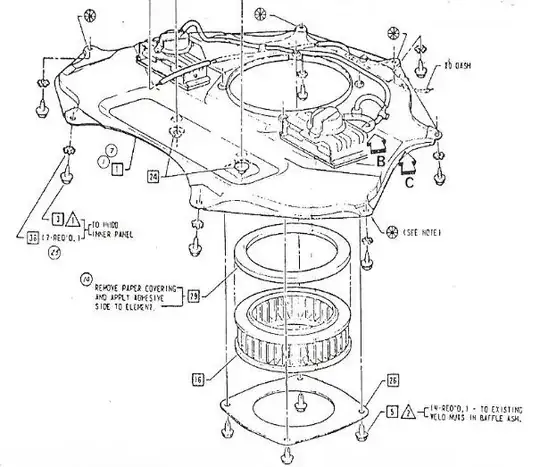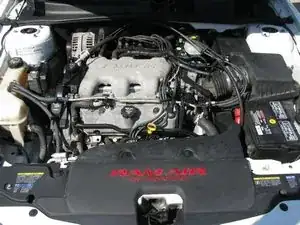Ram Air is actually a type of engine/intake which Pontiac used in the late 60's for their GTO's. Pontiac called it a Ram Air. These were a series of engines (basically named I, II, III, IV, & V). The most recognizable part of the combination was the hood scoops. You can see them in the following images:


Here is what the setup actually looked like under the hood:

I don't know if you can tell or not, but in the image there are two vacuum operated doors which let air in. These would open when vacuum from the engine was right, letting cold air directly in through the air filter.
The largest part of the Ram Air inlets is it would be open at speed. The thinking of this was that not only would fresh air from on top of the hood be passed to the engine, but while going at speed, there would be a pressurized effect, giving a boost of power to the engine. How effective this actually was is anybody's business.
The idea was later reintroduced on the 90's Pontiacs, such as on the Trans Am and Grand Am models. There were no vacuum actuated flappers on these vehicles, though, so the (so called) effect would happen at any speed and any throttle level. It wasn't a special engine, but only the hood and intake. I believe Pontiac rated these vehicles something like 5-15 horsepower over the stock versions. I'm sure this was only seen at peak horsepower levels.
Here is an image of a newer Ram Air setup which is under the hood of a Grand Am:

The major difference between these vehicles and super/turbocharging is with the Ram Air, you have to call on physics to do anything for you. It carves the air out from in front of the car. The hood and front end of the car create a small pressure wave in front of it (the base of the windshield is another place for higher pressure air ... which is why Chevrolet created the Cowl Induction hood for the Chevelle) which creates a little bit of positive pressure inside the air intake. This is the Ram Air effect.
A turbo/supercharger (forced induction or FI) uses energy derived from exhaust (turbo) or from the crankshaft directly to provide a positive pressure imbalance inside of the intake. This provides more air so there can be more fuel, which makes for more power. The difference in power increase between the Ram Air and the FI setups is about 10:1 (or greater) in favor of FI.





